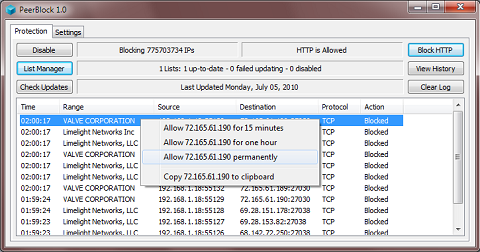I wanted to change the behavior of the Microsoft IME bar using AutoHotkeys, a utility which can be used to create macros, remap keys, or do any of a variety of other related tasks.
This led me to ime_func.ahk, which appears to be an AutoHotkeys script which uses DllCall to access Imm32.dll, the Input Method Manager library. I believe that this script was intended to manipulate the state of the IME language bar.
As near as I can tell, this AutoHotkeys script targets an older implementation of the IMM library. Some of the methods used are now only listed for Windows Mobile platforms.
I began experimenting with ImmGetContext and ImmGetConversionStatus. ImmGetContext always returned a hIMC value of NULL.
On the Developing IME-Aware Multiple-thread Applications MSDN page, the following is stated (bold highlight added):
The IMM includes thread identification checking that determines if a calling thread is the creator of a specified input method context handle (HIMC type) or window handle (HWND type). If the thread is not the creator of the handle, the called IMM function fails and a subsequent call to GetLastError returns ERROR_INVALID_ACCESS.
Additionally:
A thread should not access the input context created by another thread.
A thread should not associate an input context with a window created by another thread, and vice versa.
So, it appears that cross-process IME manipulation is forbidden.

